¡Viva la Conservación! Learning from Cuba’s Conservation Matrix
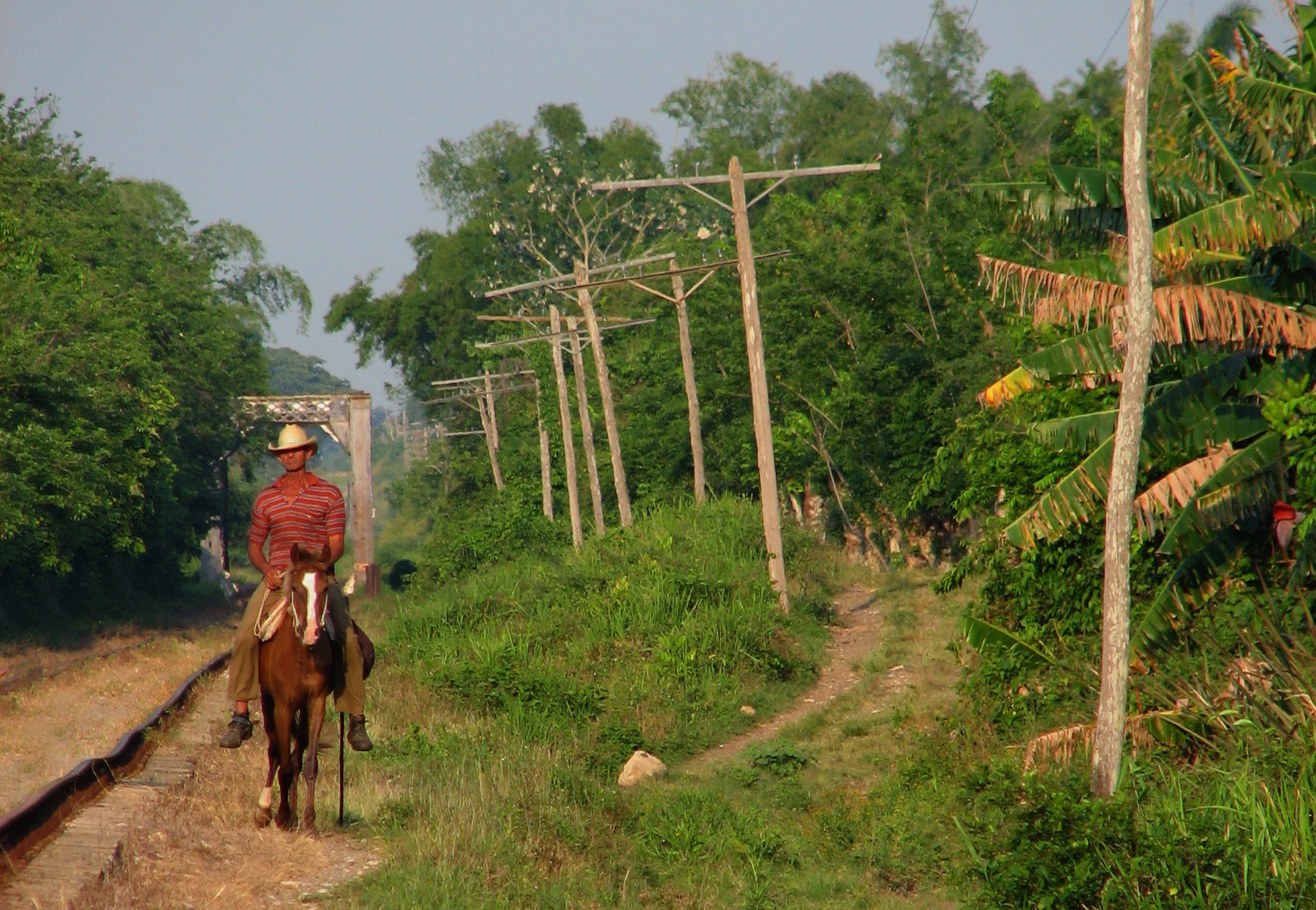
Land, Air, Sea: Rethinking Cuba (maybe: Land, Sea, Sky?)
Cuba is a nation known for embodying paradox: it has a GDP just under Angola, but a higher life expectancy than the United States. Cuban doctors are world renowned, yet infamously make substantially less than taxi drivers. Cuba boasts a half-century-long communist government, and is neighbours with the global bastion of capitalism. All of this and more are frequent topics of conversation when debate turns to this Caribbean island nation, but an area that never seems to get brought up in discussions of Cuba is one in which it has shown ardent and lasting success; conservation.
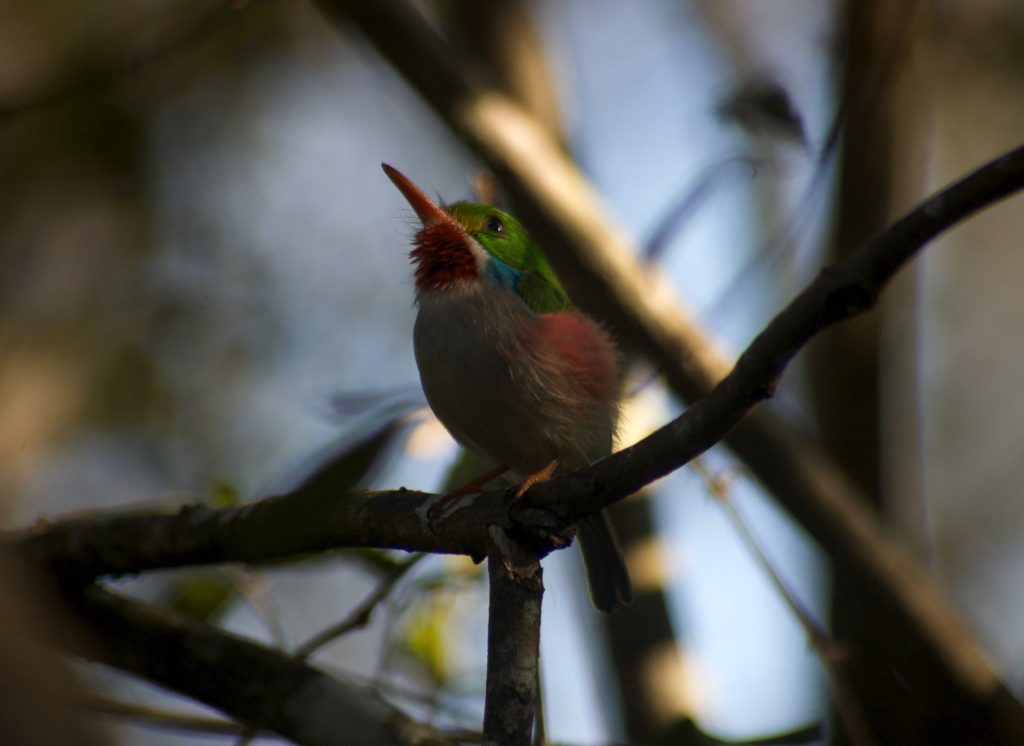
Ecologically, Cuba is a place like few others on earth. Along its shores, it boasts 1,600 square kilometres of coral reef, more than a third of all the coral ecosystem in the Caribbean. Inland, the island is dotted with hundreds of distinct wetland ecosystems, totalling more than the rest of the Caribbean combined. Among those residing there is the Cuban Alligator, found nowhere else on earth. Lastly, dotting the skies are numerous species of birds. Notable amongst them, the Bee Hummingbird, a vibrant blue hummingbird smaller than a ping-pong ball, making it the smallest bird on earth.
From Communist Revolution to Forest Revitalization
When Fidel and his band of rebels descended from the Sierra Maestra mountains in 1959 and took control of the country, the environmental scene was grim. The forests, once dominating three-quarters of the Cuban landscape, had been pushed back to a mere 14%. Starting with the Spanish and continuing on through until Batista’s pre-revolution government, the landscape was dominated by monocropped cash crops such as tobacco and sugarcane. The new regime took action on this, and in their first year doubled the number of national parks, passed the Ley of Reploblación Florestal (Forest Regrowth Law), and established a captive breeding program for the endangered Cuban Crocodile. These actions foreshadowed the long-term conservation methods of Castro’s government and were sustained over the following decades.
In the sphere of forestry, Cuba has shown itself to be a regional powerhouse. Between 1960 and 1970 alone, the government established 299 nurseries which collectively planted a total of 348 million trees. Today, Cuba employs more forestry specialists than all other Caribbean nations combined. Combined with policies regulating logging and forestry use, this has led Cuba to realize the second highest net forest-recovery of any nation on earth.
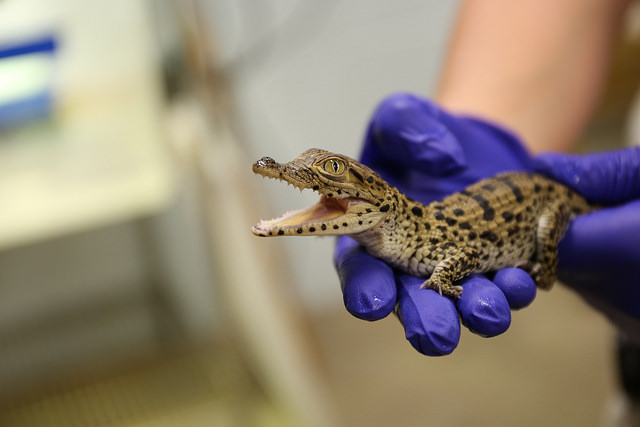
The poster child of conservation efforts in Cuba, the Cuban Crocodile has proven to be an emerging success story, as well as an indicator of the country’s future efforts. While the population continues to recover, it is still relatively small, and only found in the Zapata region. Nevertheless, the captive breeding program continues to bolster the species’ population and has begun reintroducing Cuban Crocodiles to other wetland areas across the country. Even more remarkable has been the way conservationists have used the preservation of the species to network outside the country and establish partnerships with international institutions. It’s thanks to these efforts that a stable population of Cuban Crocodiles now reside at the Smithsonian National Zoo in Washington D.C.
Agroecology: The Human-Wildlife Matrix
The fundamental key to Cuba’s successful promotion of healthy ecosystems and biodiversity lies in the way it conceptualizes space. In Canada and the West, we think of space as binary; parks and forests are for wildlife, while cities and farms are designated for humans. What is significant is that these spaces are not just conceptually distinct from one another, but are exclusively zoned and physically separate from one another. What this results in is isolated patches of wildlife, hemmed in by inhospitable urban and agricultural environments which for many species prove inaccessible. This is known as habitat fragmentation, and has contributed to weakened genetic diversity and higher chances of extinction across the globe.
What Cuba has done instead is create an ‘agricultural matrix‘ across the country. What this means is that, rather than divide available land down the middle and designate one half for farming and the other for wildlife, Cuban farms are laid out in more of a checkerboard style, with forests and wetlands interspersed between. This allows wildlife to move around the landscape freely, facilitating mobility and preventing genetic inbreeding in isolated populations. Furthermore, it widens the available space for wildlife, meaning species that have broad territories are better able to spread out.
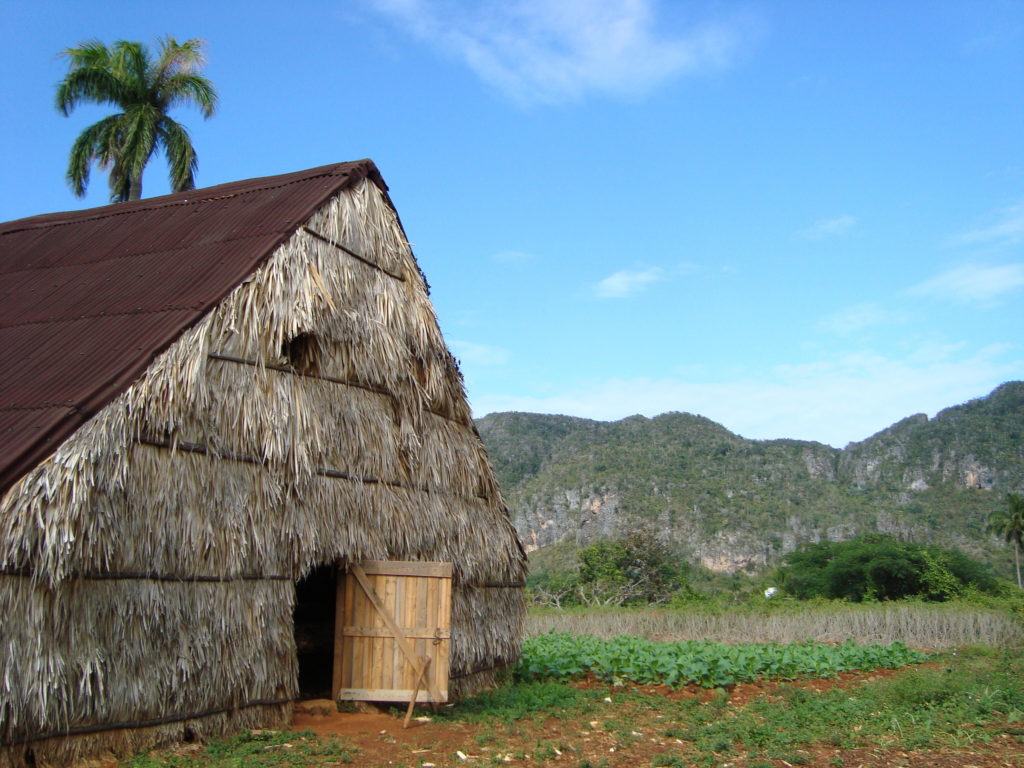
The matrix distribution of agriculture is only half of the puzzle for Cuba’s conservation success. The other half lies in what they do on those farms, and how that affects their neighbouring wildlife. For this, we need a bit of historical perspective. When the Soviet Union fell, Cuba lost its primary trading partner and entered what is known as the Special Period during the 90’s.
For agriculture, this meant a steep decrease in the availability of artificial fertilizers, pesticides, and herbicides. Though initiatives were already underway to wean the country off of these inputs, the forced austerity of the Special Period saw the program kicked into high gear. Relying on local traditional knowledge, farms across the country transitioned to organic fertilizers and biological pest control. This had a huge impact on the way wildlife interacted with farms. Rather than being no-go zones full of agricultural run-off, they became supplementary habitat. For example, the country’s rice fields became an important stopover for migrating waterfowl, as well as habitat for residential birds.
Looking Forward
While Cuba has had an admirable history of conservation, it hasn’t been spared the controversy which is seemingly inherent to conservation efforts. Many of the country’s most remarkable protected areas are inaccessible to Cubans, either financially or, in some cases, legally. For example, at Laguna Guanaroca in the Cienfuegos province, locals are barred from accessing what many describe as one of the most beautiful mangrove lakes in the Caribbean. While the policy was supposedly put in place to limit the number of visitors to the protected area, and thereby human disturbance, it begs the question of who conservation is being done for. One solution the country might consider is the Kenyan model, where radically decreased fees for locals ensure that conservation is supported by tourist dollars, while locals are still able to interact with their natural heritage.
Even in instances where locals aren’t excluded, tourism isn’t an inherent positive for conservation. As relations with the U.S. warm and tourism in Cuba continues to rise, many have begun to question the impact of tourism on the island’s ecosystems. In protected areas, increased tourism results in the construction of new infrastructure within natural habitats, as well as increased pollution. At sea, studies on Caribbean islands with already-high rates of tourism have shown increased recreational diving leading to higher rates of coral death.
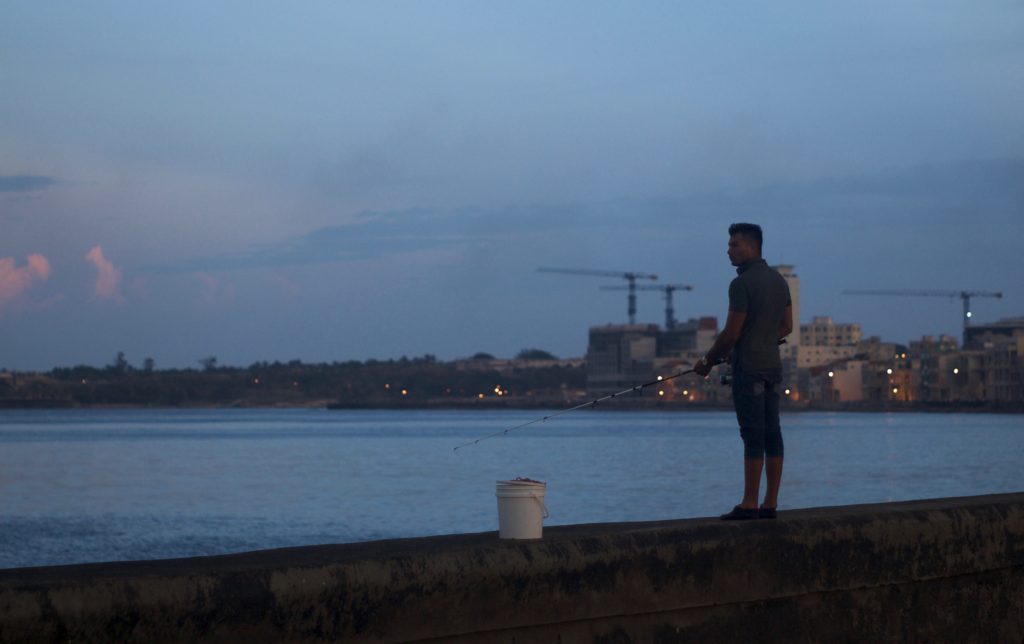
As Cuba continues to enter into an increasingly globalized, open market with the West, balancing the costs and benefits to ecotourism will be a key issue it will have to face. The Castro government, first Fidel and then Raúl, have shown a more-or-less slow and measured approach to conservation. With Raúl stepping down this past month, however, the future of conservation policy in Cuba remains uncertain, and it’s yet to be seen what approach his successor, Miguel Díaz-Canel, will take. With increased calls for coastal development, expansion of large-scale agriculture, and tourism rates unseen since before the revolution, there’s much at stake.
 Liam Ragan is a McGill student studying anthropology and environment. His main academic interests are conservation and how communities can be empowered to be stewards over and benefit from their natural resources. This has led him to work with Indigenous communities in both the Pacific North West and the South Rift of Kenya in their efforts to strike a balance between environmental sustainability and livelihood development.
Liam Ragan is a McGill student studying anthropology and environment. His main academic interests are conservation and how communities can be empowered to be stewards over and benefit from their natural resources. This has led him to work with Indigenous communities in both the Pacific North West and the South Rift of Kenya in their efforts to strike a balance between environmental sustainability and livelihood development.
Edited by: Thea Koper
